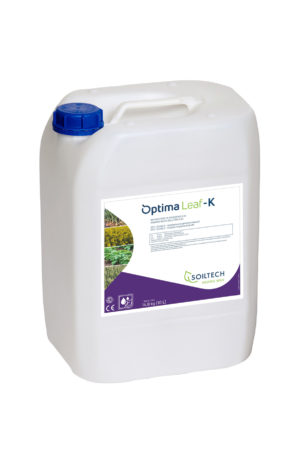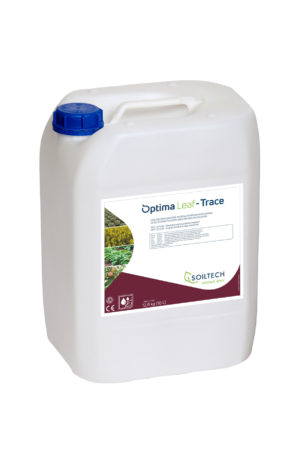Tuber formation is a crucial moment of potato growing. The number of tubers that are formed also determines the eventual tuber weight to a large extent. A variety of factors influence the growth pattern of potatoes and play a role in determining the production of a harvestable yield. Supporting the crop optimally at the tuber formation stage lays the foundations for an optimal harvest.
How can the crop be supported during tuber formation
Theory of tuber formation (potato):
After the seed potato has developed a root system and foliage, the plant will start to form tubers. Depending on the variety, day length and (weather) conditions, tuber formation starts some two to four weeks after the crop has emerged above the soil. Tuber formation takes place in the underground shoots found between the potato and the surface of the soil. Underground shoots, also called stolons, develop from the auxiliary buds on the potato stem. The tips at the ends of these stolons are stimulated to started dividing and stretching the cells, which is followed by the cells swelling. A potato tuber is therefore a swollen underground stem and is not officially part of the root system. The success of the tuber formation phase is a major factor in determining the final harvestable yield.

Stimulating factors for tuber formation
Many factors affect tuber formation, including day length, (soil) temperature and the availability of water and nutrients. Early in the season, tuber formation is mainly initiated by the day length and soil temperature. Each potato variety has a certain ‘critical day length’, a measure of the sensitivity of a variety to induce tuberisation under the influence of day length. The choice of a variety in combination with the planting date plays an important role in determining the moment of tuber formation. Low (night) temperatures and high light intensity can stimulate tuber formation.
Inhibiting factors for tuber formation
In the potato plant, energy transport and storage in both vegetative and generative plant organisms continually compete. Underground tuber formation is therefore inhibited when the energy is directed to developing the vegetative parts of plants (foliage). High water availability promotes foliage growth, and can therefore delay tuber formation. A (too) high nitrogen application mainly stimulates growth above ground. This has an adverse effect on tuber formation. With late varieties in particular, it is important to moderate how much nitrogen is applied, and to spread applications over the growing season, for example, using foliar spray treatment.
What substances are required for tuber formation?
During the tuberisation process, it is vital that the plant can absorb nutrients and moisture optimally. It is also important to avoid inhibiting plant development caused by abiotic stress or over fertilisation. Optima Leaf-Trace provides the crop with vital trace elements, including iron, manganese and zinc. Many trace elements are crucial for optimal development of chlorophyll, and therefore the photosynthesis process. Later in the season, it is a good idea to spray a few applications of Optima Leaf-K. Optima Leaf-K contains potassium, which is essential for the crop's water management, and also plays an important role in transporting the sugars formed in the leaves to the tubers.


